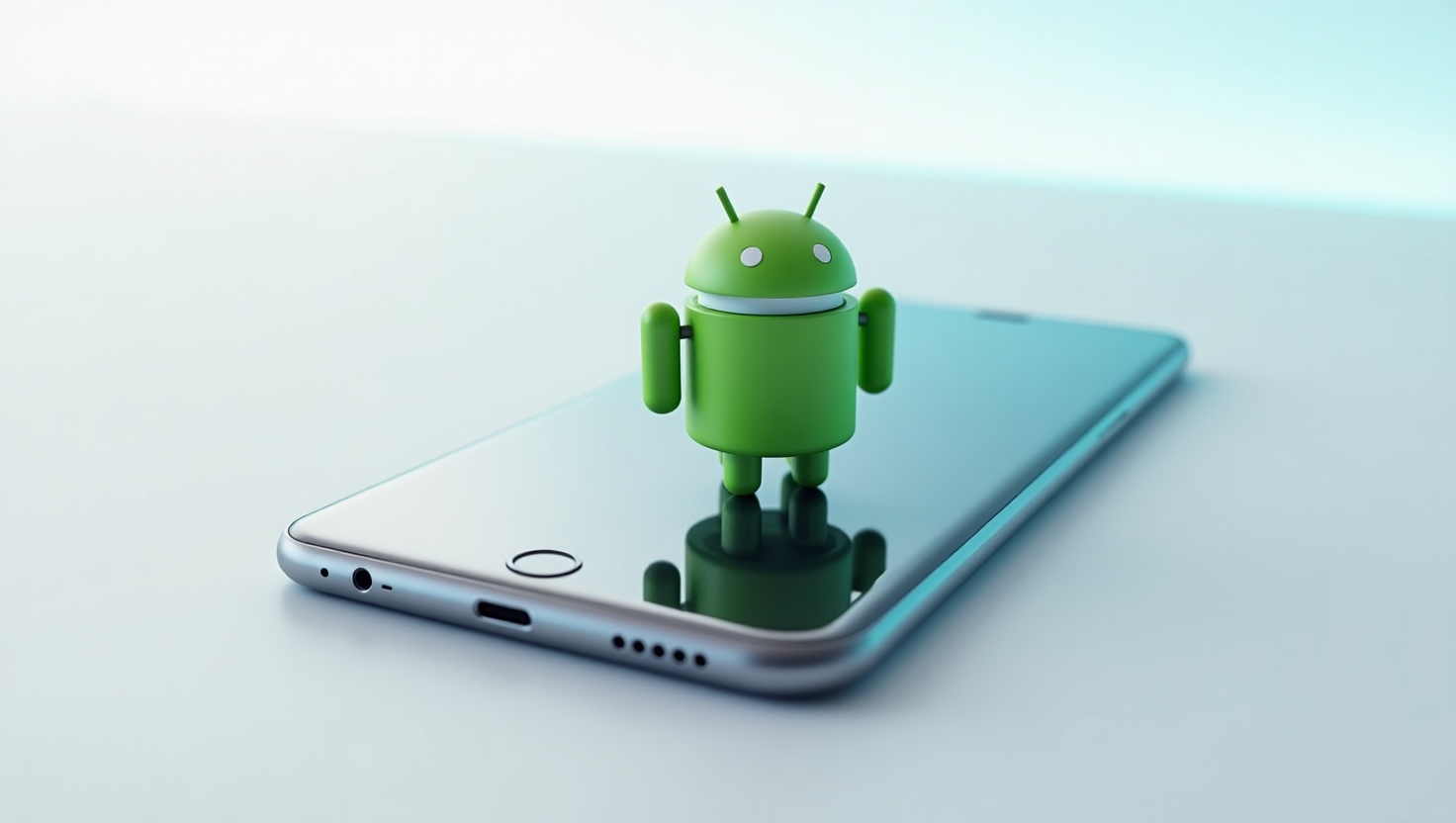Imagine swiping through your phone and feeling like it’s moving with you—every tap, every toggle, every transition so smooth it’s almost alive. That’s the vibe Google’s chasing with the Android 16 UI redesign, and it’s set to make waves globally. Leaked details from Android 16 Beta 4 reveal a visual overhaul that’s not just about looks but about making your phone feel smarter, faster, and more intuitive. From shapeshifting icons to buttery animations and a settings app that’s actually fun to navigate, here’s why this update is stealing the spotlight.

What’s New in Android 16’s UI?
Google’s cooking up something special for Android 16, expected to drop in June 2025. The redesign builds on the vibrant Material You design language, adding a layer of polish that feels fresh yet familiar. Think blurred backgrounds, resizable Quick Settings tiles, and icons that adapt to your style. It’s not just a facelift—it’s a rethink of how we interact with our devices daily. Let’s break it down.
Smarter Icons That Pop
Icons aren’t just pretty pictures anymore—they’re getting a brain. Android 16 introduces customizable app icon shapes, letting you pick from rectangular, round, or even quirky options like clover or cookie shapes. This flexibility gives your home screen a personalized vibe. Plus, the status bar icons for Wi-Fi, battery, and mobile data are getting a bold, colorful makeover. The battery icon, for instance, glows green when charging and flashes red when low, making it easier to catch at a glance.
Why does this matter? These tweaks make your phone feel like yours. They’re small changes that add up, turning routine glances into moments of delight. Check out Android Authority’s leak for screenshots of these shapeshifting icons in action.
Animations That Feel Alive
Ever swipe a notification away and wish it had a bit more flair? Android 16’s got you covered. Google’s introducing physics-based animations that make every interaction feel fluid. Partially swiped notifications now bounce back if you let go, and Quick Settings tiles morph from ovals to rounded rectangles when toggled. Tap the lockscreen clock, and you’ll see a subtle “squeeze” effect. These aren’t just eye candy—they make your phone feel responsive, like it’s reacting to your touch.
Posts on X are buzzing about this, with users like @Sankew06 praising the “natural evolution of Material You with blur” (X post). The animations draw inspiration from competitors like OnePlus’s OxygenOS 15, which nailed responsive transitions. Google’s catching up, and it’s exciting.
A Sleeker Settings App You’ll Actually Enjoy
Let’s be real—nobody loves digging through settings. But Android 16’s settings app might change that. It’s getting colorful icons, clearer section dividers, and slimmer sliders that scream modern. The app groups related options into cards, making it easier to find what you need. Even the volume slider and lockscreen’s time/date layout are getting a glow-up, with blurred wallpaper effects adding depth.
These changes aren’t just cosmetic. They’re about saving you time and frustration. A TechRadar report notes that the redesigned settings app feels “expressive,” with arrows guiding you to sub-pages and a cleaner layout. It’s like Google’s saying, “Hey, we get it—let’s make this quick.”
Why This Redesign Matters Globally
Android powers over 2.5 billion devices worldwide, from budget phones to flagship Pixels. A redesign this big impacts everyone, especially in Western markets where sleek design and smooth performance are non-negotiable. The blurred backgrounds and expressive animations align with global mobile UI trends, making Android 16 feel premium. Plus, the focus on customization—like resizable Quick Settings tiles and one-tap Wi-Fi toggles—caters to users who want control without complexity.
Google’s also setting the stage for its Material Design 3 Expressive theme, teased for Google I/O 2025 (Android Police). While the full overhaul might roll out in quarterly updates or even Android 17, the Beta 4 leaks show Google’s not waiting to impress.
What’s the Catch?
Not everything’s perfect. The redesign isn’t fully enabled in Beta 4, so we’re peeking at a work in progress. Some X users, like @MishaalRahman, warn that pulling down Quick Settings might require two fingers, which could annoy one-handed users (X post). And while the animations are slick, they might not hit the stable Android 16 release, possibly landing in a later update. Still, the hype is real, and Google’s got time to iron out the kinks before the big reveal at I/O on May 20-21.
Why You Should Care
This isn’t just about prettier icons or fancier swipes. It’s about making your phone feel like an extension of you. The Android 16 UI redesign blends style with smarts, turning everyday tasks into moments of joy. Whether you’re a tech nerd or just someone who wants a smoother phone experience, these changes are worth getting excited about.
So, what do you think? Will Android 16’s new UI steal your heart? Drop your thoughts below, and stay tuned to GTPulse for more tech scoops!

